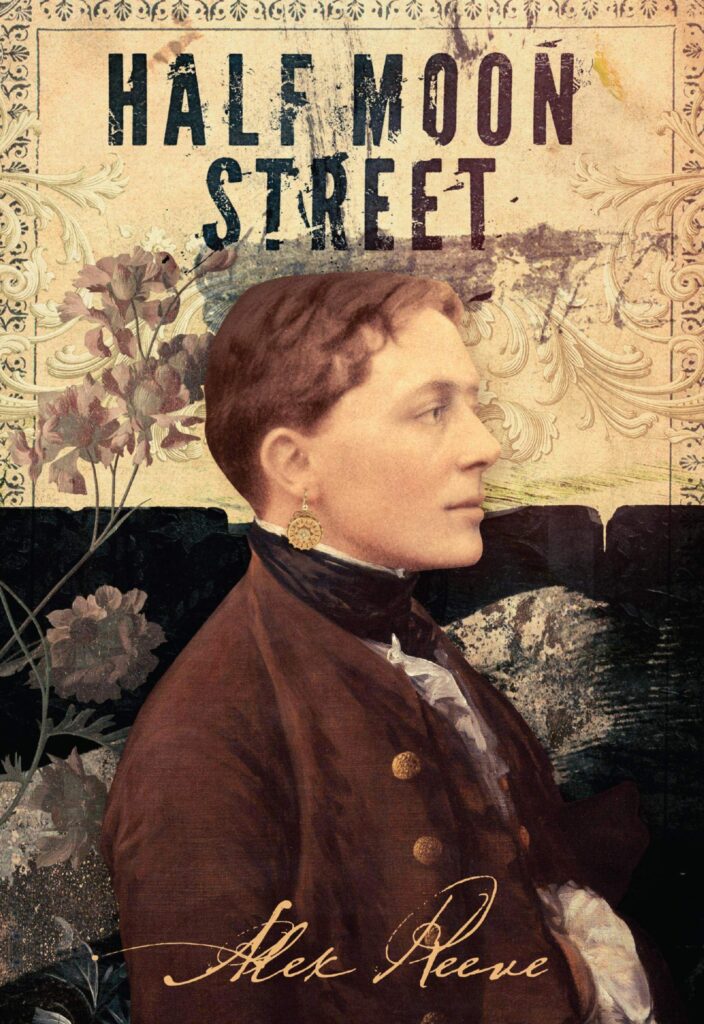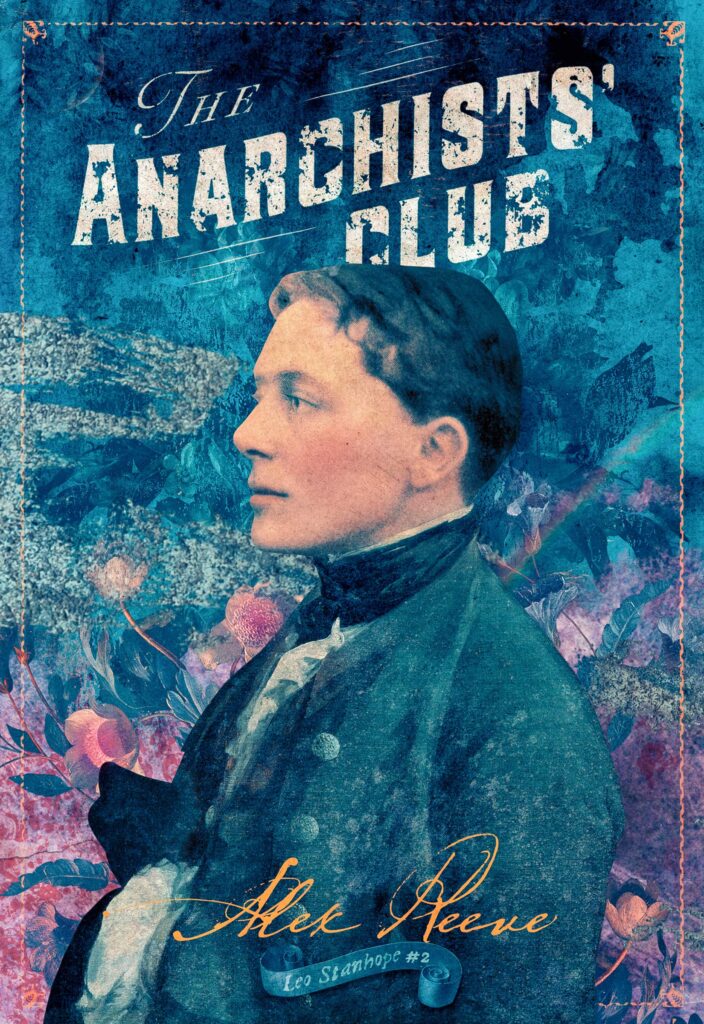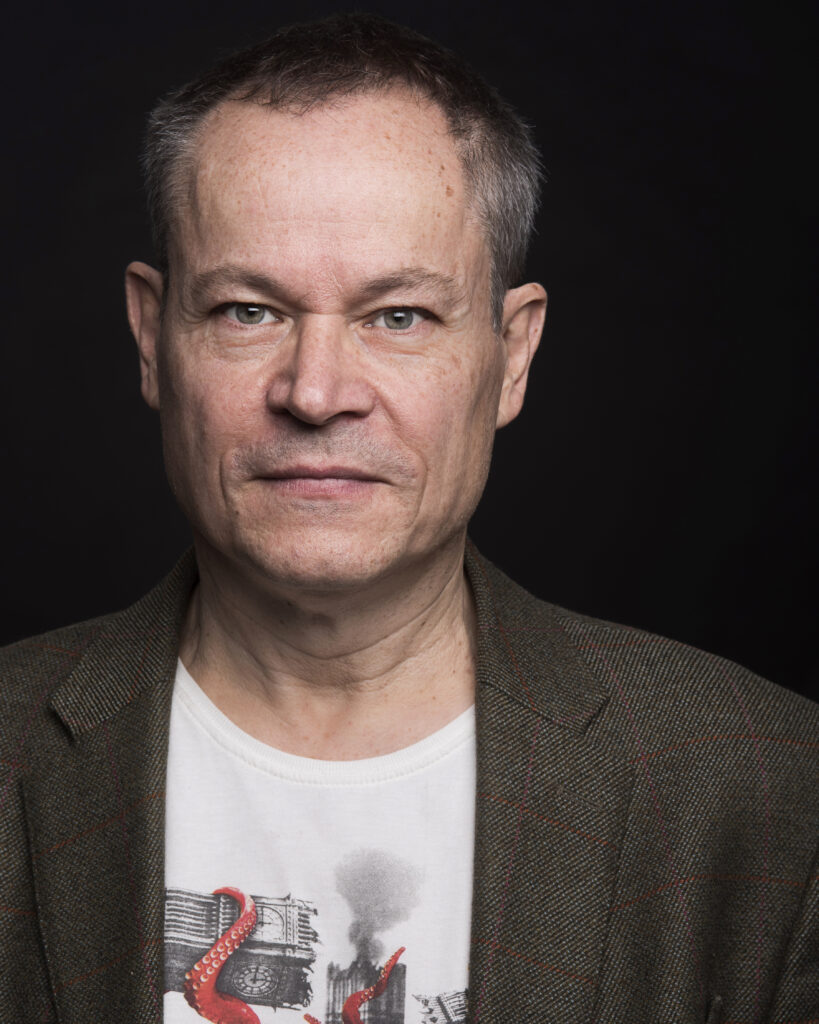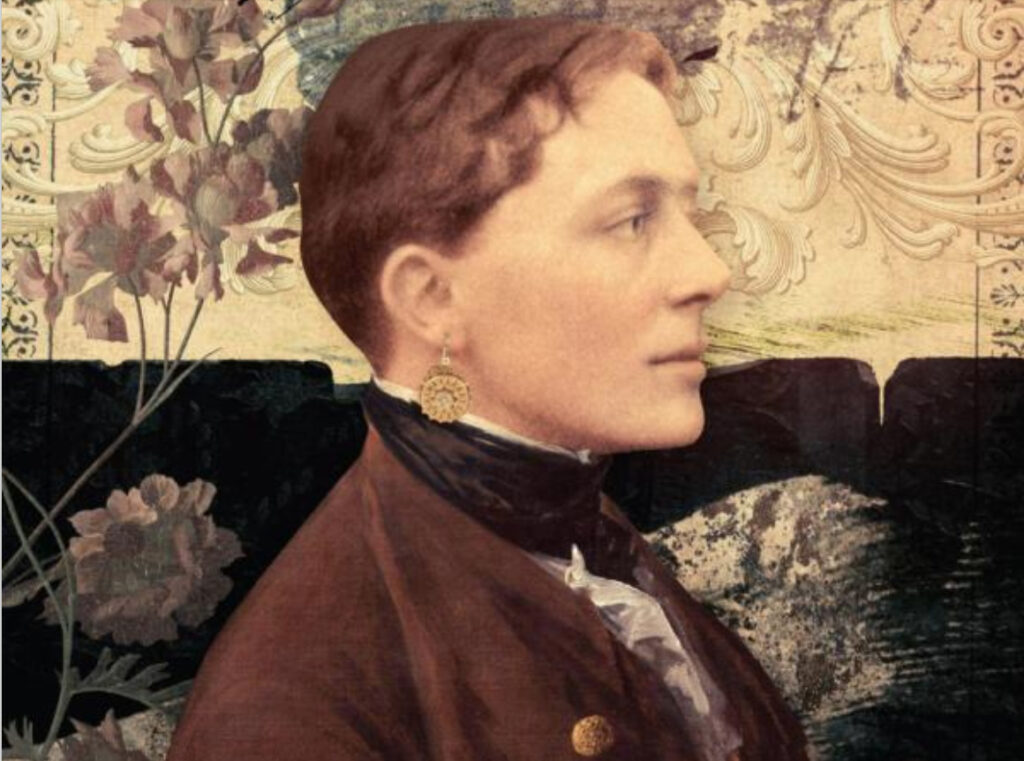Why I…wrote a book with a trans character
Alex Reeve is not a trans man, but his central character is. He’s often asked why he made that choice. Here, the author explains why.
The first time I contemplated writing about a trans character I was sitting on a train, staring at the empty seat next to my co-worker, who happened to be a trans woman. The train was packed, people standing in the corridor, but for some reason no-one was sitting in that seat. My co-worker didn’t comment, but she must have noticed the glances. At that moment, I felt a burst of compassion and an inner rage. How would I feel if it were me? I doubted I would ever go out. I wouldn’t be brave enough. I would curl up on my bed and stay there.
Had it always been this way?
I had been researching the Victorian period, thinking about writing a historical crime novel, and wondered what trans people’s lives were like in the nineteenth century. Surely, I thought, things must have got better over the last hundred-and-fifty years.
Apparently not much.

There were numerous examples of trans women and men in Victorian times – some of them quite famous, such as James Barry, a top surgeon in the British Army, and some who weren’t famous at all, like Harry Stokes, who fixed chimneys and fireplaces, and died at the age of 60 having lived a life in obscurity. Many were only discovered to have been trans after their deaths, often attracting salacious notoriety in the press. Those discovered while still alive were arrested and tried under the laws against homosexuality, such as George Campbell, who was dancing with another man while wearing women’s clothing in a gay club. Such places were well-known to the authorities, and an undercover policeman arrested him.
Clearly, trans people faced much the same issues then as now: misinformation, misunderstanding, legal ambiguity and societal disapproval.
It occurred to me, however, that there are no trans characters in actual Victorian novels. They are represented in the French literature of that period. They are represented in British and Irish literature prior to the Victorian era, and by the 1920s there was a flurry of mainstream novels about trans people by writers such as Virginia Woolf, George Moore and Radclyffe Hall. And yet, in the Victorian period, nothing.
Of course, it was a different world, with different attitudes. The establishment were afraid of the waning authority of the British Empire and of the growing collective power of workers in the new factories. The French revolution was still a very recent memory. The British government clamped down on notions of social change, fearing it would lead to political change. Anyone outside the norm was rejected from society. So while there were numerous examples of real trans people living in the Victorian era, the writers of the time, whether out of fear or choice, ignored them.
Perhaps, I thought, it was time to put trans people back.
At some point in my research process, someone appeared in my head almost fully formed. He was in his mid-twenties, the child of a small-town vicar, and had left home at fifteen to become Leo Stanhope. He was a bit of a romantic, innocent in some ways, sure of who he was but also amused by the strangeness of his situation. I started seeing the world through his eyes and hearing his voice explaining, sometimes impatiently, how the world appeared to him. Once he arrived, he wouldn’t leave.
I loved Leo, but I could see a million problems, the biggest being cultural appropriation. Did I have the right to tell this story?
I tried everything. I undertook writerly contortions you wouldn’t believe.
First, I made Leo a sidekick, a friend of the central detective. But the story kept veering back towards Leo. Every time I looked, he was hogging the focus like an attention-seeking toddler.
Next, I tried demoting him, making him a ‘C’ character, hardly in the novel at all. But that felt like pure tokenism and was dramatically unsatisfying. It simply wasn’t the story I wanted to tell.
After that, I took a couple of weeks to think. What was it that so fascinated me about this story?

I thought of my own children, and how terrible I would feel if they had to spend their lives pretending to be someone they weren’t. And that gave me the answer. What I cared about was identity; the right of every individual to decide who they are. And if that was going to be the story, Leo had to be at the heart of it. That was why he had taken up residence in my head.
But I still felt concerned about cultural appropriation, and that concern has never left me. I recognise the issues with a cis man writing about a trans man.
So, I gave myself some rules. Firstly, this would be a historical novel, thus somewhat removed from the present-day experience of trans people. Secondly, this wouldn’t be a novel about being or becoming trans, it would be a novel about a man who happened to be trans. That clarified a lot for me. Leo is confronted with the death of someone he loved, a tragedy that anyone might face, and that tragedy is neither caused nor can it be solved by his being trans. He has a unique perspective, but being trans is just one part of who he is, not the sum of it.
Thirdly, I wanted to get the views of trans people, so I approached some I knew, who were very supportive. I also took both my initial ideas and then the manuscript to the Beaumont Society, a non-profit run for and by trans people. Its President read a draft and responded with incredible patience and encouragement.
On one level, the Leo Stanhope books are straightforward historical crime novels, because I adore that genre. But underneath that, they’re also about identity. Almost every character in the books has had to change to survive. They’ve adapted to the powerful forces of gender politics, class, money or ambition. Many of them have changed their names, how they dress and how they speak. That was the dramatic irony that has compelled me throughout the series: Leo is the least changed of them all. He has simply stopped pretending to be someone else.

ABOUT THE AUTHOR
Alex Reeve lives in Buckinghamshire and is a university lecturer. Richard & Judy Book Club pick The House on Half Moon Street was his debut, and the first in a series of books featuring transman Leo Stanhope. The second, The Anarchists’ Club, is out now and available wherever good books are sold. Follow Reeve on Twitter @storyjoy






